Facilities

The AVRRC maintains comprehensive state of the art facilities forming the heart of its Advanced Virtual Engineering Centre to underpin development of next generation modelling, simulation and visualization research. These facilities include dedicated bespoke hardware and software resources to support research into model based systems engineering involving augmented and virtual reality, synthetic environments, digital-twin and associated distributed simulation activities.
Facilities include:
immersive display technologies (Vision domes, Panoramic Display Systems, Head Mounted Displays, Augmented/Virtual Reality Systems)
Human in the loop simulators (Cockpits, Ground control stations, ..)
Advanced spatial tracking systems
Eye tracking
Dedicated specialised test facilities
We also offer facilities and test equipment to provide independant assessment and evaluation of specialised visualization equipment. These facilities have been used in critical technology assessments and in support of legal expert witness cases.
Collaborative Virtual Engineering Facility
Collaborative Virtual Engineering Facility - the future of engineering
The Collaborative Virtual Engineering Facility is a revolutionary next generation approach to conceive, design and develop complex engineering systems. This facility allows geographically distributed teams to jointly work on a common engineering problem through sharing of their virtual workspace or environment. The facility supports a heterogeneous mix of engineering tools and computational platforms in a way that allows integration of engineering data between co-workers who may be located in the Centre or dispersed around the world. Techniques originally developed under the UK e-Science programme (RealityGrid) permit co-simulation to occur between geographically distant users from the facility. A wide range of video conferencing or colaborative environments can be supported.
At the heart of this facility is the innovative use of model based engineering methods to deliver a model based approach to design rather than the traditional document centric approaches. By coupling the facility with state of the art interactive visualization systems it is possible to work across the full life-cycle from initial ideas through to executable code that can be targeted to virtually any platform. One of teh many advantages of teh facility is its ability to support interactive ultra scale (big data) investigations where a desktop display is inadequate.
The facility's interactive immersive visualization system features a completely seamless ultra-high resolution 150 degree panaoramic display system.
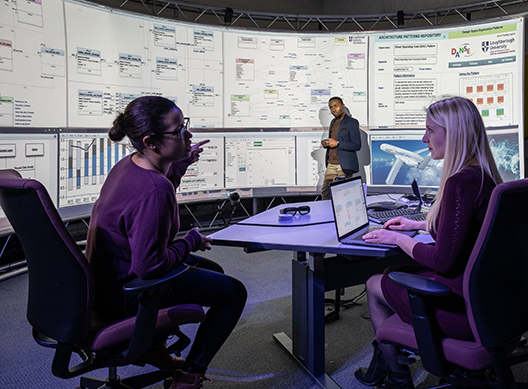
The application domains for this technology are very diverse and covers the full spectrum from aerospace, automotive, built environment, construction, emergency response and management, energy, healtcare, transport and the utilities (electricity, gas and water). The facility has been enhanced to take advantage of the unqiue tools emerging from the EU FP7 DANSE - Designing Adaptability and Evolution for Systems of systems engineering and InnovateUK Agile Wing Integration projects.
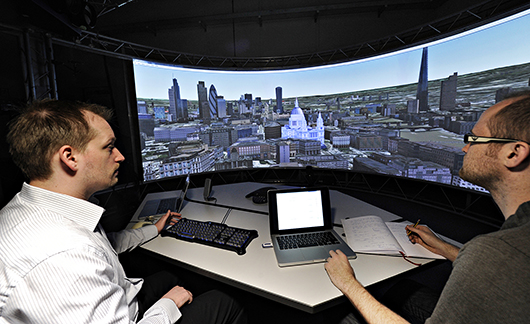
The Virtual Engineering facility is extremely effective in viewing large databases (including building structures) on an extremely large scale.
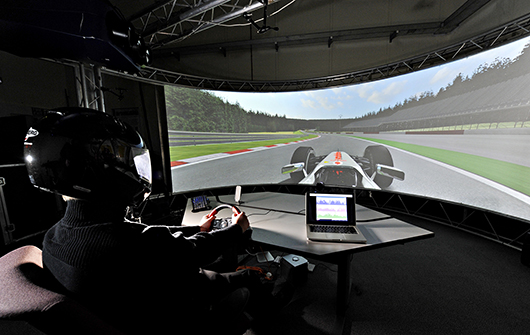
In addition it can run a wide and diverse range of simulation software to support complex human factors studies. In this example, the facility can be used to train Formula 1 drivers and determine what information is required for them to compete effectively.
5m Vision Dome
Multi-person immersive environment
The AVRRC 5m Vision Dome is one of the few Vision Dome facilities in the world. The Vision Dome provides an impressive multi-user immersive experience when driven with appropriate graphics. The extremely wide field of view provides powerful visual cues that are crucial for some applications.
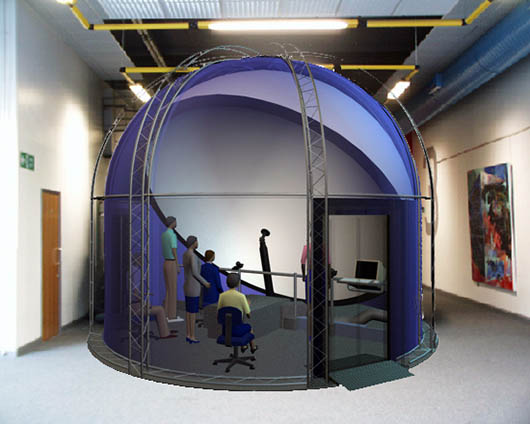
Upon entering the VisionDome, users are completely drawn into a fully immersive 180 degree hemispheric screen. The tilted screen is positioned so as to fill the users’ field-of-view, creating an incredible sense of immersion. Users experience vivid images which take on depth via the unique optical system. The VisionDome is further enhanced by an environmental sound system.
Users of the VisionDome do not have to wear head mounted displays, stereo glasses, or other restrictive devices. The VisionDome is an ideal choice for multi-user, multi-sensory display for simulation, training, design, engineering, product display, energy exploration & production, education, medical services and entertainment.
The main features are shown below:
- High resolution
- Wide field of view - 180 degrees
- Full colour
- Compatible with a wide range of display sources - although real-time image distortion needs to be applied to correct geometry.
- Environmental sound system
- Immersive experience common to a group of 15 people in a natural environment
- High resolution projection system
- Accommodates both real and computer-generated 3D data
4m Vision Dome
The AVRRC 4m Vision Dome is a slightly smaller Dome display than the 5m version. The 4m Vision Dome provides an an equally impressive multi-user immersive experience as the larger dome. It is currently used as part of a flight simulator system that can represent a helicopter, fixed wing aircraft or just about anything else.
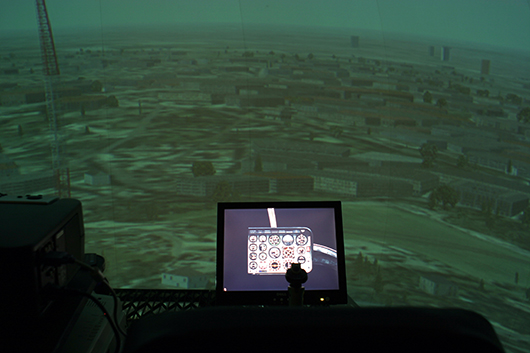
Upon entering the VisionDome, users are completely drawn into a fully immersive 180 degree hemispheric screen. The tilted screen is positioned so as to fill the users’ field-of-view, creating an incredible sense of immersion. Users experience vivid images which take on depth via the unique optical system. The VisionDome is further enhanced by an environmental sound system.
Users of the VisionDome do not have to wear head mounted displays, stereo glasses, or other restrictive devices. The VisionDome is an ideal choice for multi-user, multi-sensory display for simulation, training, design, engineering, product display, energy exploration & production, education, medical services and entertainment.
The main features are shown below:
- High resolution
- Wide field of view - 180 degrees
- Full colour
- Compatible with a wide range of display sources - although real-time image distortion needs to be applied to correct geometry.
- Environmental sound system
- Immersive experience common to a group of 10 people in a natural environment
- High resolution projection system
- Accommodates both real and computer-generated 3D data
In its current configuration the 4m Vision Dome houses a fixed based helicopter flight simulator. The outside world visuals are extremely impressive. Below the pilot's seat is a representative control feel system that can be adjusted to suit different helicopter control configurations. The simulator can be networked to other flight simulators in the AVRRC.
High Resolution Immersive Wall Display
Immersive Wall Display
The AVRRC employs a modified SEOS high resolution immersive display system. The system incorporates two high resolution Barco Galaxy projection systems with wide angle short range lenses. Different blending options are available from dedicated hardware, optical and software solutions.The exact type of projection display edge blending depends on the application and the image generation platform.
The Immersive Wall Display can be operated in monoscopic or true stereoscopic (frane sequential) modes to give incredible depth information.
Also, a high resolution full room spatial tracking system has been integrated with the system to allow viewer dependant projections and/or full interactivity with teh immersive display.
These system are ideal for applications where a high quality stereographic image is required - for example medical applications, 3D product visualization and visual analytics.
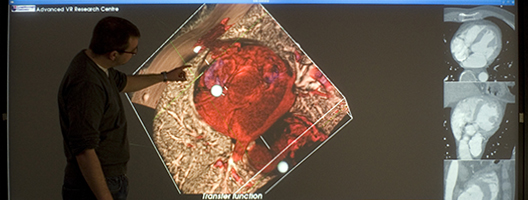
High Resolution Immersive Wall Showing Stereographic Rendition of Lung Data from CT Scanner
The main features are shown below:
- High resolution
- Stereographic
- Full colour
- Compatible with a wide range of display sources
- Intersense 3D Tracking System
- Dual blended high resolution projection system
For further information about our services please contact Professor Roy S. Kalawsky
(email: r.s.kalawsky@lboro.ac.uk, tel: +441509 635678)
VR Head Mounted Displays
The AVRRC supports a range of head mounted displays for VR and related applications. These range from non-see through devices such as the Oculus Rift CV1 (Figure 1) to see-through augmented reality displays that have been used in training systems through to fighter cockpits (Figure 2).
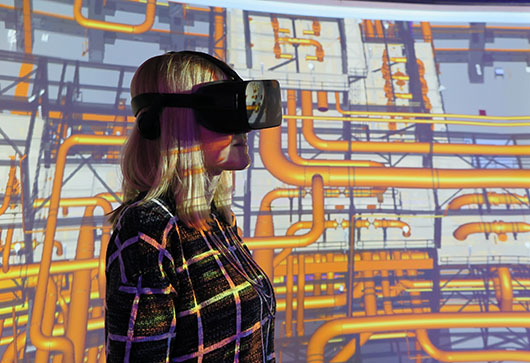
Figure 1: Oculus Rift CV1 as used in AVRRC Virtual Engineering Centre
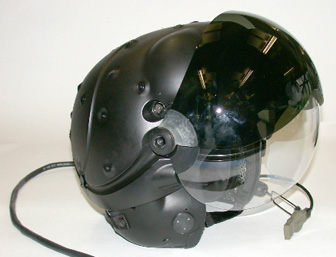
Figure 2: Augmented Reality Seethrough Head Mounted Display
We have over 30 years experience of designing, developing and assessing head mounted displays for a wide range of applications. We have undertaken independant technology assessments for a range of display providers.
It is not just the head mounted display that is important. To create extremely high quality immersive experience it is necessary to use the correct spatial tracking systems, graphics and processing platforms. Also, the underlying scene graph software and modelling tools are equally important.
There is no one size fits all so it is crucial to use the right technologies.
Please feel free to contact Prof Roy Kalawsky r.s.kalawsky@lboro.ac.uk
or obtain his book 'The Science of Virtual Reality and Virtual Environments'. This book (Figure 3) contains examples of the head mounted displays Prof Kalawsky have used/developed. Some of these systems go back to the early 1980s - long before virtual reality was even known.
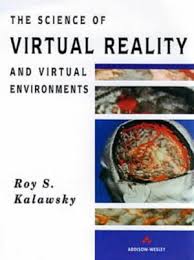
Figure 3: The Science of Virtual Reality and Virtual Environments R.S. Kalawsky
Immersive Work Bench
Immersive Workbench
The AVRRC has two SEOS Immersive Work Bench display systems. Each Immersive Work Bench provides two channels of stereographic imagery. The system employs active stereo display technology to produce extremely high quality images that appear in front of the display device.
These devices are ideal for applications where a high quality stereographic image is required - for example medical applications, 3D product visualization and visual analytics.
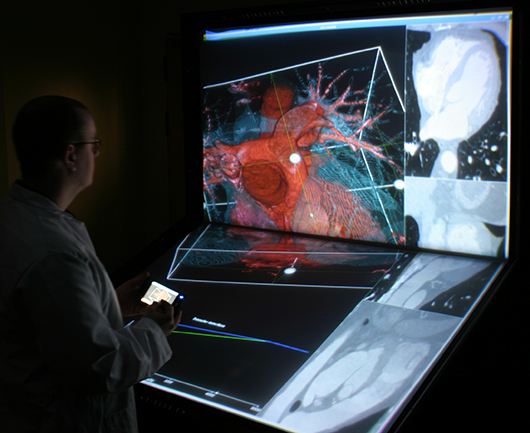
Immersive Work Bench Displaying Real-Time Heart Data from Glenfield Hospital CT Scanner
The main features are shown below:
- High resolution
- 2 x Wide field of view
- Stereographic
- Full colour
- Compatible with a wide range of display sources - although real-time image distortion needs to be applied to correct geometry.
- Intersense 3D Tracking System
- High resolution projection system
For further information about our services please contact Professor Roy S. Kalawsky
(email: r.s.kalawsky@lboro.ac.uk, tel: +441509 635678)
Advanced Collaborative Environment
The collaborative nature of our research requires extensive use of state of the art collaborative technology. We host dedicated collaborative facilities that enable us to link our laboratories to other laboratories or to individual workers. It has been necessary to support a wide range of collaborative tools including:
- Accessgrid
- Skype
- Webex
- Telephone conf
- Polycomm Real Presence
- etc
Accessgrid is by far our more sophisticated capability - allowing connectivity to up to 50 remote sites/users simultaneously. Our Accessgrid note comprises special audi cancelling systems, twin high resolution projection system, multiple steerable cameras. Special lighting has been incorporated into the facility to ensure extremely high quality images are transmitted from our site. We have maintained an Accessgrid node since 2005 due to our involvement in the UK e-Science program. Since then we have undertaken several technology refreshes.
A number of our labs are also equipped with Accessgrid technology (which will also support skype and others).
The AVRRC also established other Accessgrid nodes across the University through funding by the EPSRC (EP/E018521/1 Bridging the Gap)
Please note: we do not offer an Accessgrid service to other users because this is a research facility and we require to reconfigure the facility to support our collaborative research projects.
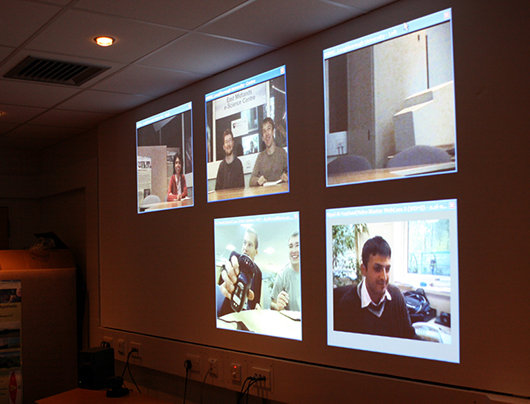
Accessgrid Collaborative Environment Room node
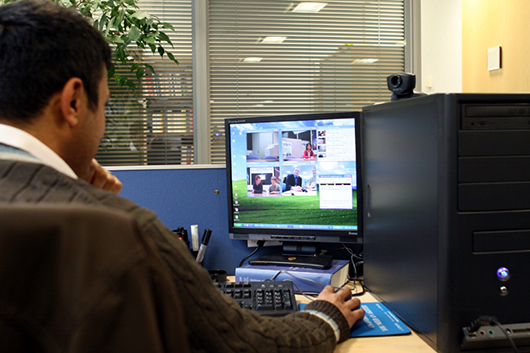
Accessgrid Collaborative Environment desktop node
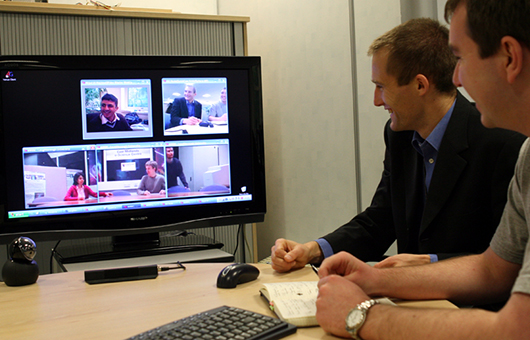
Accessgrid Collaborative Environment Office node
The above images show a multi particpant meeting taking place between different Accessgrid node.
For further information about our services please contact Professor Roy S. Kalawsky
(email: r.s.kalawsky@lboro.ac.uk, tel: +441509 635678)
Advanced Single Seat Military Cockpit Flight Simulator
The AVRRC research flight simulator lab has 2 pilot stations (based on a donated Typhoon cockpit from BAE Systems) powered by identical off-the-shelf liquid-cooled PCs. It has three 27” (1920x1080) LCD screens in landscape mode. These form a single large display area of (bezel-corrected) 6160x1080 pixels through nVidia Surround graphics drivers. A single 22" (1920x1080) LCD touchscreen provides flight (instrument) displays.
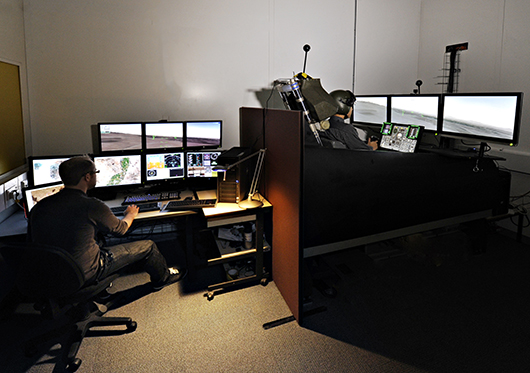
AVRRC Advanced Cockpit Facility
Flight controls are passive A-10C center stick and dual throttle replica and there's also a force pressure induced sidestick available. Rudder controls are passive, spring adjustable with toebrakes. Infrared head-tracker and webcamera measure pilot head position/orientation.
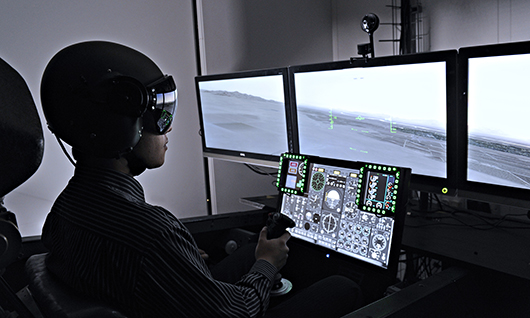
The cockpit provides a fully reconfigurable interactive user interface
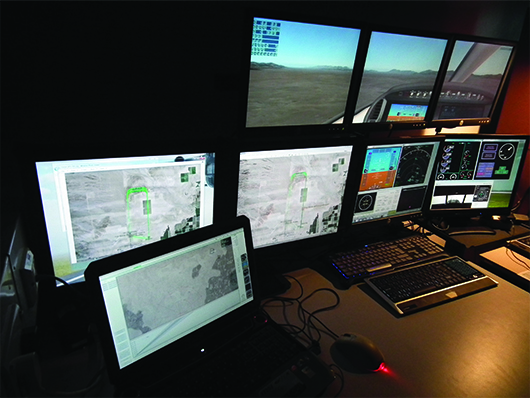
AVRRC Advanced Cockpit Experimenter's Control Station
For further information about our services please contact Professor Roy S. Kalawsky
(email: r.s.kalawsky@lboro.ac.uk, tel: +441509 635678)
Ground Control Station for Autonomous and Telepresence Vehicles
The AVRRC hosts a very capable ground control station that can be configured to suit airborne, ground, sea and space based autonomous and telepresence applications.
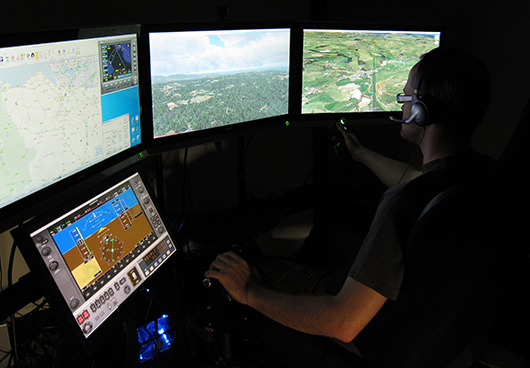
Figure: Facility configured as a Remote Control Station for UAV
Due to the highly sensitive/classified nature of the associated research details provided only on request.
In order to help with detailed user evaluations an ASL eye tracker system is available.
![]()
Figure: Facility configured as a Telepresence Station for Space Vehicle
For further information about our services please contact Professor Roy S. Kalawsky
(email: r.s.kalawsky@lboro.ac.uk, tel: +441509 635678)
Specialised Test Facilities
The AVRRC offers extremely sophisticated facilities for assessing and evaluating all kinds of immersive technologies. The AVVRC has provided specialist support to companies wanting an independent technical assessment of a new technology. This has extended to in depth human factors based studies of usability and fit for purpose. THe AVRRC has also supported legal cases where there is a dispute regarding technology performance.
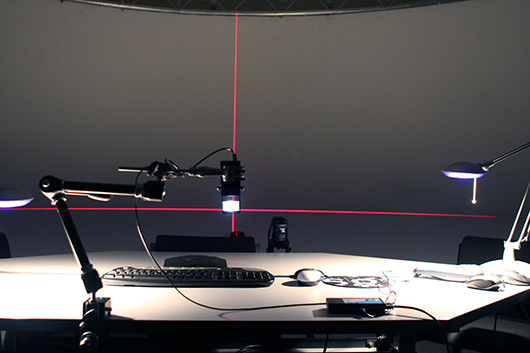
The image above shows a particular display technology for an advanced head mounted display being tested.
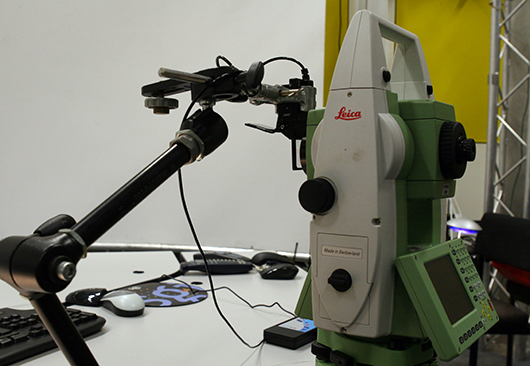
This next image shows the same display technology being measured for optical distortions. Unfortunately, we cannot disclose who manufactured this display device except to say that the technical solution is outstanding.
We also have an excellent range of tools for data mining and visual analytics.
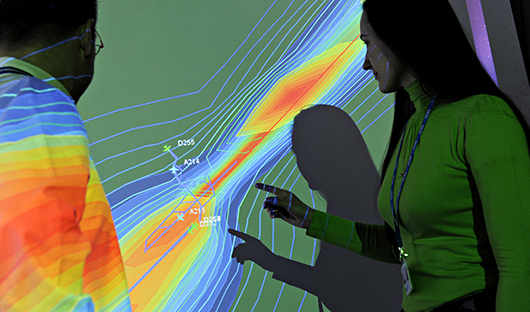
For further information about our services please contact Professor Roy S. Kalawsky
(email: r.s.kalawsky@lboro.ac.uk, tel: +441509 635678)
